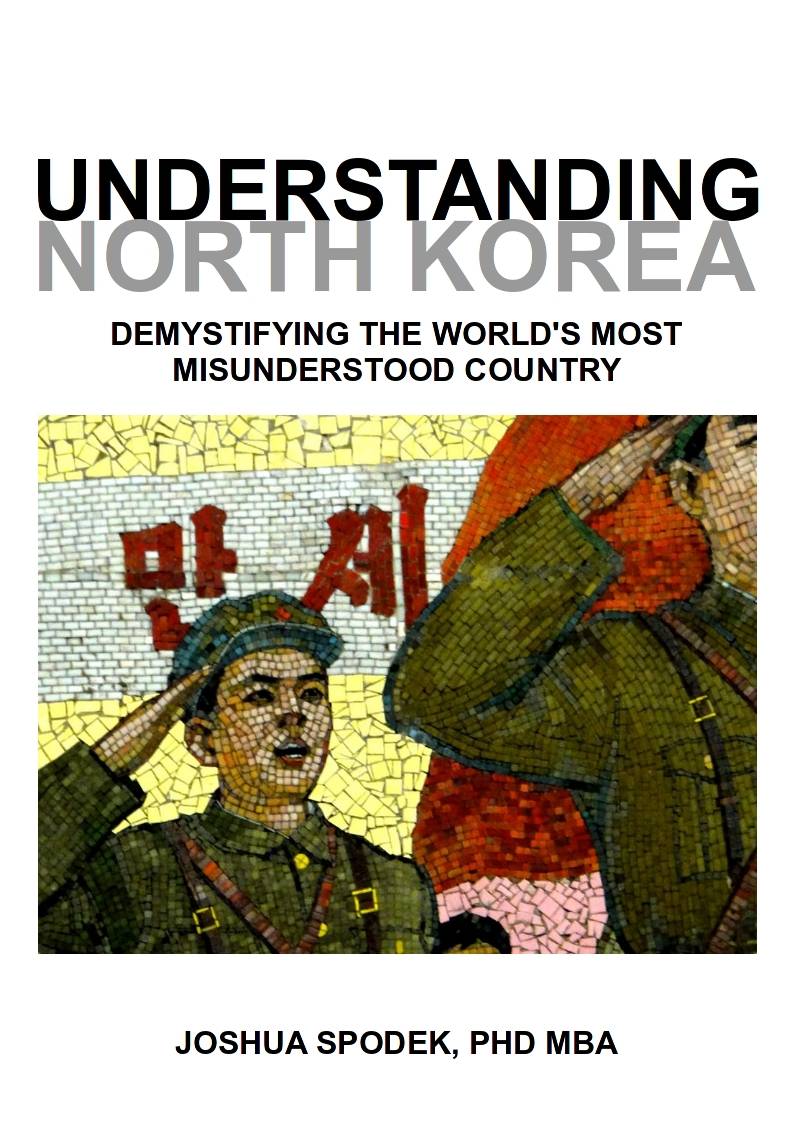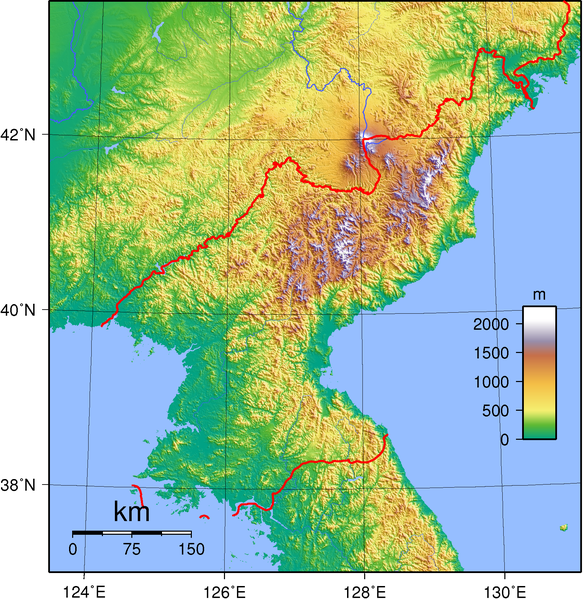Okay, now we understand the situation. What can be done? As I wrote yesterday, people don’t want to protest. They want their voices heard and to understand and agree with the process they’re talking about. The opportunity for the Mayor of New York City is to follow a three-fold path Support the right to speak freely in his city Recognize the need for order and non-violence Support the city’s great[…] Keep reading →
North Korean Strategy: from the leaders’ perspective
on November 23, 2011 in Freedom, Leadership, NorthKoreaTo understand how leaders in North Korea decide how to implement the strategy I’ve described in the past few posts, you have to look at the situation from their perspective. When a business decides its strategy, it formally deliberates and decides it. For the management team to mess up on implementing it may result in the company losing money, market share, and so on. Messing up badly can result in[…] Keep reading →
Occupy Wall Street and Leadership, part 2: the New York City Mayor’s opportunity
on November 23, 2011 in Blog, Freedom, LeadershipFollowing yesterday’s context… Bloomberg has done a lot for the city. I like the increased bike lanes and pedestrian zones in Times Square, Herald Square, and Madison Square that have appeared under his leadership, for example. But personally I remember him most for what I saw as his lack of leadership during the 2004 Republican convention in New York City. People wanted to protest non-violently. The police refused permission to[…] Keep reading →
Occupy Wall Street and leadership, part 1: the context
on November 22, 2011 in Blog, Freedom, LeadershipThis series of posts will present easy, low-risk-of-error, high-chance-of-success actions that would-be leaders can do. As always in this blog, it begins with context and an overview of the relevant principles as I see them. So far, the movement has revealed a stunning lack of leadership all around. People ask who is leading the movement. Great question, but the protesters are only one place lacking leadership. While most people point[…] Keep reading →
North Korean Strategy: the North Korean government’s sustainable competitive advantages
on November 22, 2011 in Freedom, Leadership, NorthKoreaI’m using the lens of business strategy to understand the North Korean government’s strategy. That lens applies, partly because of the similarities between business and political competition, but mostly because North Korea’s situation is so simple. The three main relevant factors in competitive strategy are Keeping out competition — to have a sustainable competitive advantage — dominates strategy. Dominating geographically is often an effective strategy for a sustainable competitive advantage.[…] Keep reading →
North Korea strategy: the players and their motives
on November 20, 2011 in Freedom, Leadership, NorthKoreaFirst a few caveats before I paint the broad strokes for the perspectives and motivations for the major players as they relate to North Korean strategy. I haven’t studied international and public affairs. I believe, nonetheless, that the broad strokes below describe the important aspects of the strategic situation. Perhaps I’m speaking out of ignorance, but I believe history backs me up: how else can you explain a regime maintaining[…] Keep reading →
North Korea strategy: the playing field and major players
on November 19, 2011 in Freedom, Leadership, NorthKoreaThe playing field for North Korean strategy, which reduces the number of relevant players, simplifies North Korea’s strategic situation more than almost anything else. Few other nations see such a combination of global importance and simplicity. The map below, from Wikipedia, shows nearly everything you need to know about the playing field. North Korea shares borders with three countries: China, South Korea, and Russia. Farther to the east lies Japan.[…] Keep reading →

